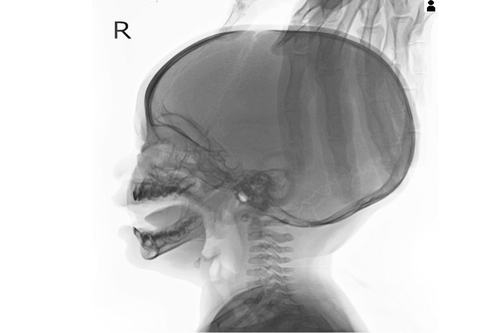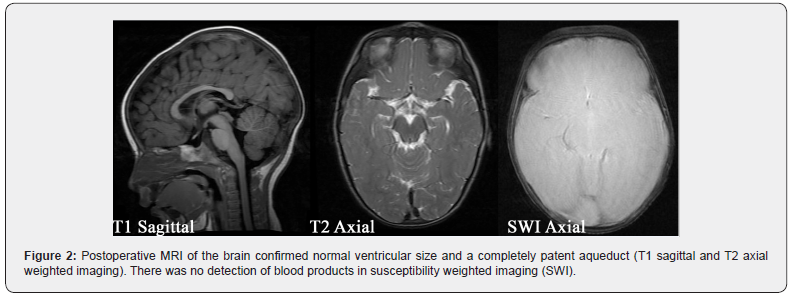Hydrocephalus, often abbreviated as HS, is a medical condition characterized by an abnormal accumulation of cerebrospinal fluid within the brain’s ventricles. This buildup increases pressure on the brain and can lead to a range of neurological issues if left untreated. Understanding the causes, recognizing the symptoms, and exploring available treatments are essential for managing this condition effectively. In this article, we will delve into these aspects in detail.

What is Hydrocephalus?
Hydrocephalus occurs when there is an imbalance in the production, circulation, or absorption of cerebrospinal fluid. Cerebrospinal fluid is a clear liquid that surrounds the brain and spinal cord, providing cushioning, delivering nutrients, and removing waste products. When this fluid accumulates excessively, it can cause the ventricles in the brain to expand, leading to increased intracranial pressure.
This condition can affect individuals of all ages, from infants to the elderly, and its severity varies depending on the underlying cause and the patient’s age. Without proper intervention, hydrocephalus can result in permanent brain damage or even death.
Causes of Hydrocephalus
The causes of hydrocephalus can be broadly classified into two categories: congenital and acquired. Each category has distinct factors that contribute to the development of the condition.
Congenital Causes
- Genetic Factors: Some cases of hydrocephalus are linked to genetic abnormalities or inherited conditions such as spina bifida or aqueductal stenosis.
- Prenatal Infections: Infections during pregnancy, such as toxoplasmosis or rubella, can interfere with fetal brain development and lead to hydrocephalus.
- Developmental Disorders: Abnormalities in the formation of the brain’s structures during fetal development can obstruct the flow of cerebrospinal fluid.
Acquired Causes
- Traumatic Brain Injury: A severe head injury can cause bleeding or swelling in the brain, disrupting the normal flow of cerebrospinal fluid.
- Infections: Conditions like meningitis or encephalitis can cause inflammation and scarring, which may block the pathways through which cerebrospinal fluid circulates.
- Tumors: Growths in the brain can press against the ventricles or block the channels that allow cerebrospinal fluid to drain properly.
- Bleeding in the Brain: Hemorrhages, particularly in premature infants or adults with uncontrolled high blood pressure, can lead to hydrocephalus by clogging drainage pathways.
Symptoms of Hydrocephalus
The symptoms of hydrocephalus vary depending on the age of the individual and the severity of the condition. Recognizing these signs early is crucial for timely diagnosis and treatment.
Symptoms in Infants
- A rapid increase in head size or an unusually large head circumference
- A bulging or tense soft spot on the top of the head
- Downward deviation of the eyes, often referred to as “sunsetting”
- Vomiting, irritability, or excessive sleepiness
- Seizures or developmental delays
Symptoms in Children and Adolescents
- Frequent headaches, especially in the morning
- Nausea and vomiting
- Blurred or double vision
- Difficulty concentrating or declining school performance
- Balance problems or difficulty walking
- Changes in personality or behavior
Symptoms in Adults
- Chronic headaches
- Loss of coordination or difficulty walking
- Urinary incontinence
- Memory loss or cognitive decline
- Vision problems, such as blurred or double vision
Diagnosis of Hydrocephalus
Diagnosing hydrocephalus involves a combination of clinical evaluation, imaging studies, and sometimes additional tests to determine the underlying cause and severity of the condition.
Clinical Evaluation
A healthcare provider will begin by taking a detailed medical history and performing a physical examination. They will look for signs such as an enlarged head in infants or neurological deficits in older patients.
Imaging Studies
- Ultrasound: Often used for infants, as it is a non-invasive way to visualize the brain’s ventricles.
- Magnetic Resonance Imaging: Provides detailed images of the brain and helps identify structural abnormalities or obstructions.
- Computed Tomography Scan: Useful for detecting enlarged ventricles or areas of bleeding or swelling.
Additional Tests
In some cases, a lumbar puncture may be performed to measure cerebrospinal fluid pressure and analyze its composition. This test can also help determine whether temporary drainage of the fluid provides relief from symptoms.
Treatment Options for Hydrocephalus
Treatment for hydrocephalus focuses on reducing the buildup of cerebrospinal fluid and alleviating pressure on the brain. The approach depends on the underlying cause, the patient’s age, and the severity of the condition.
Surgical Interventions
Surgery is the most common and effective treatment for hydrocephalus. Two primary surgical procedures are used:
- Ventriculoperitoneal Shunt Placement: A shunt is a thin tube inserted into one of the brain’s ventricles to divert excess cerebrospinal fluid to another part of the body, such as the abdomen, where it can be absorbed. This procedure requires regular monitoring to ensure the shunt is functioning properly.
- Endoscopic Third Ventriculostomy: This minimally invasive procedure involves creating a small opening in the floor of the third ventricle to allow cerebrospinal fluid to bypass an obstruction and flow freely. It is typically recommended for patients with specific types of hydrocephalus, such as those caused by aqueductal stenosis.
Medications
While medications cannot cure hydrocephalus, they may be used temporarily to reduce cerebrospinal fluid production or manage symptoms. For example, diuretics can help decrease fluid volume, while corticosteroids may reduce inflammation and swelling.
Monitoring and Follow-Up
Patients with hydrocephalus require ongoing monitoring to ensure their treatment remains effective. Regular check-ups, imaging studies, and evaluations of neurological function are essential to detect any complications early. In children, developmental assessments are also important to address potential delays or learning difficulties.
Lifestyle Considerations
In addition to medical and surgical interventions, certain lifestyle adjustments can support overall health and well-being for individuals with hydrocephalus.
- Physical Therapy: Helps improve balance, coordination, and mobility, particularly for patients experiencing motor deficits.
- Occupational Therapy: Assists with daily activities and enhances independence, especially for children and adults with cognitive or physical challenges.
- Educational Support: Specialized programs and accommodations can aid children with hydrocephalus in achieving academic success.
- Emotional and Psychological Support: Counseling or therapy can help patients and their families cope with the emotional impact of the condition.
Complications Associated with Hydrocephalus
If left untreated, hydrocephalus can lead to serious complications, including:
- Permanent brain damage
- Intellectual disabilities
- Seizures
- Vision loss
- Developmental delays in children
- Increased risk of infections, particularly in patients with shunts
Even with treatment, complications such as shunt malfunction or infection can occur, necessitating prompt medical attention.
Research and Advances in Treatment
Ongoing research is focused on improving the diagnosis and treatment of hydrocephalus. Innovations in imaging technology, surgical techniques, and shunt design aim to enhance outcomes and reduce complications. Additionally, scientists are exploring the role of genetics and biomarkers in understanding the condition better, which could pave the way for personalized treatment approaches.
Living with Hydrocephalus
Managing hydrocephalus requires a multidisciplinary approach involving healthcare providers, caregivers, and patients themselves. By staying informed about the condition, adhering to treatment plans, and seeking support when needed, individuals with hydrocephalus can lead fulfilling lives despite the challenges posed by the condition.





